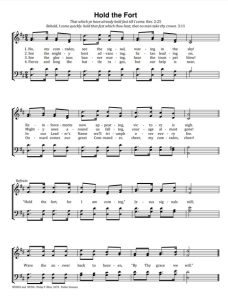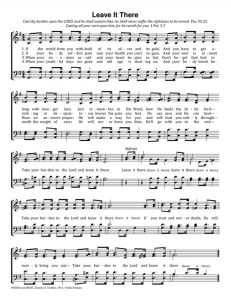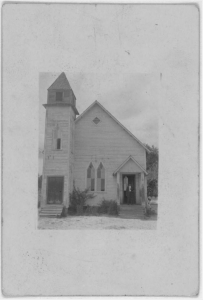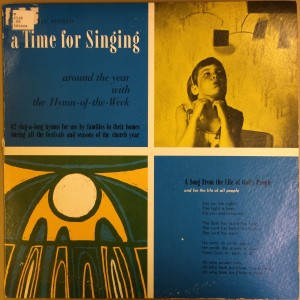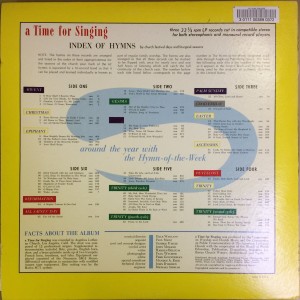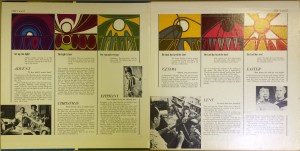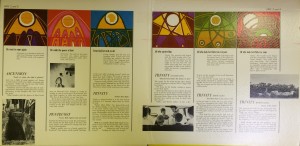Henry Thacker (H.T) Burleigh, was a black American, classical composer who was known for his compositions and arrangements of spirituals. H.T. Burleigh was also an accomplished professional singer. “Harry Thacker Burleigh played a significant role in the development of American art song, having composed over two hundred works in the genre. He was the first African-American composer acclaimed for his concert songs as well as for his adaptations of African-American spirituals.”1
“Burleigh was surrounded by music from a young age,” his mother was his first music teacher and throughout his childhood he was a dedicated church performer. As he grew older, sacred music was no longer his niche. Burleigh was quite the accomplished singer, he attended the National Conservatory in New York, eventually on scholarship. One important event/events that should be noted is that while Burleigh was at the National Conservatory, Antonín Dvořák became the director of the program. Throughout Burleigh’s time there, the two became quite close. Burleigh would often sing spirituals to Dvořák which he used as inspiration for some of his compositions and even used “Swing Low, Sweet Chariot,” as a theme in the first movement of his symphony “From the New World.”2

 3
3
Burleigh wrote a few works based on plantation melodies he learned throughout his childhood. Among these few, “Deep River,” is one of the most famous and recognized spiritual songs. “It was soon normal for recitals to end with a group of spirituals. Musicians such as Roland Hayes, Marian Anderson and Paul Robeson made these songs a part of their repertoires.” Although we musicians know the voice type to be baritone, when Burleigh was publishing his music, most of the works were for “low voice.”
H.T. Burleigh’s contributions to music, most importantly African American spirituals, some instrumental, but mainly vocal music played a role in breaking down the racial barriers that existed and brought African American music to the forefront

